Gessler
SENIOR MEMBER

- Joined
- Feb 24, 2012
- Messages
- 3,579
- Reaction score
- -10
- Country
- Location
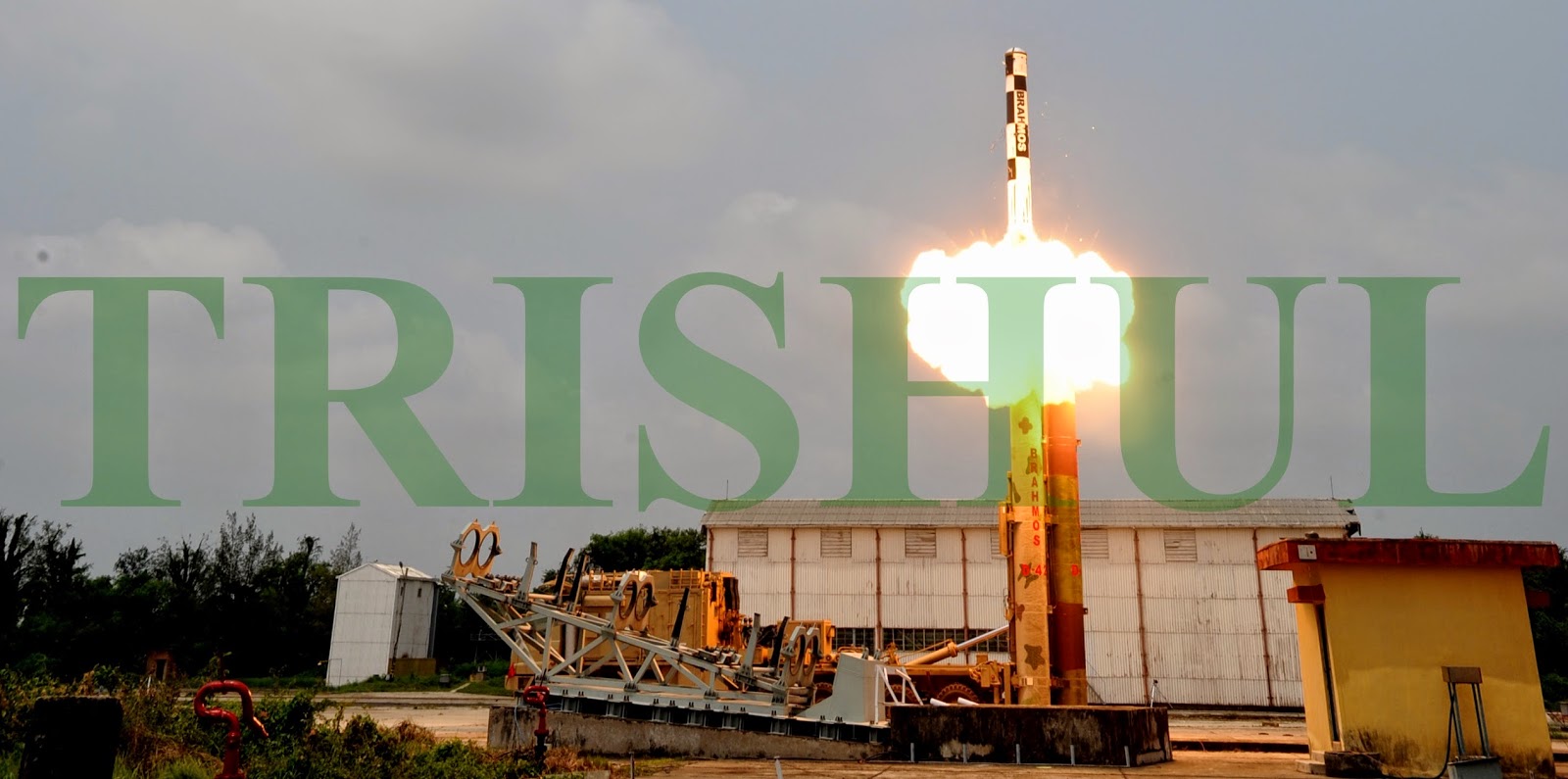

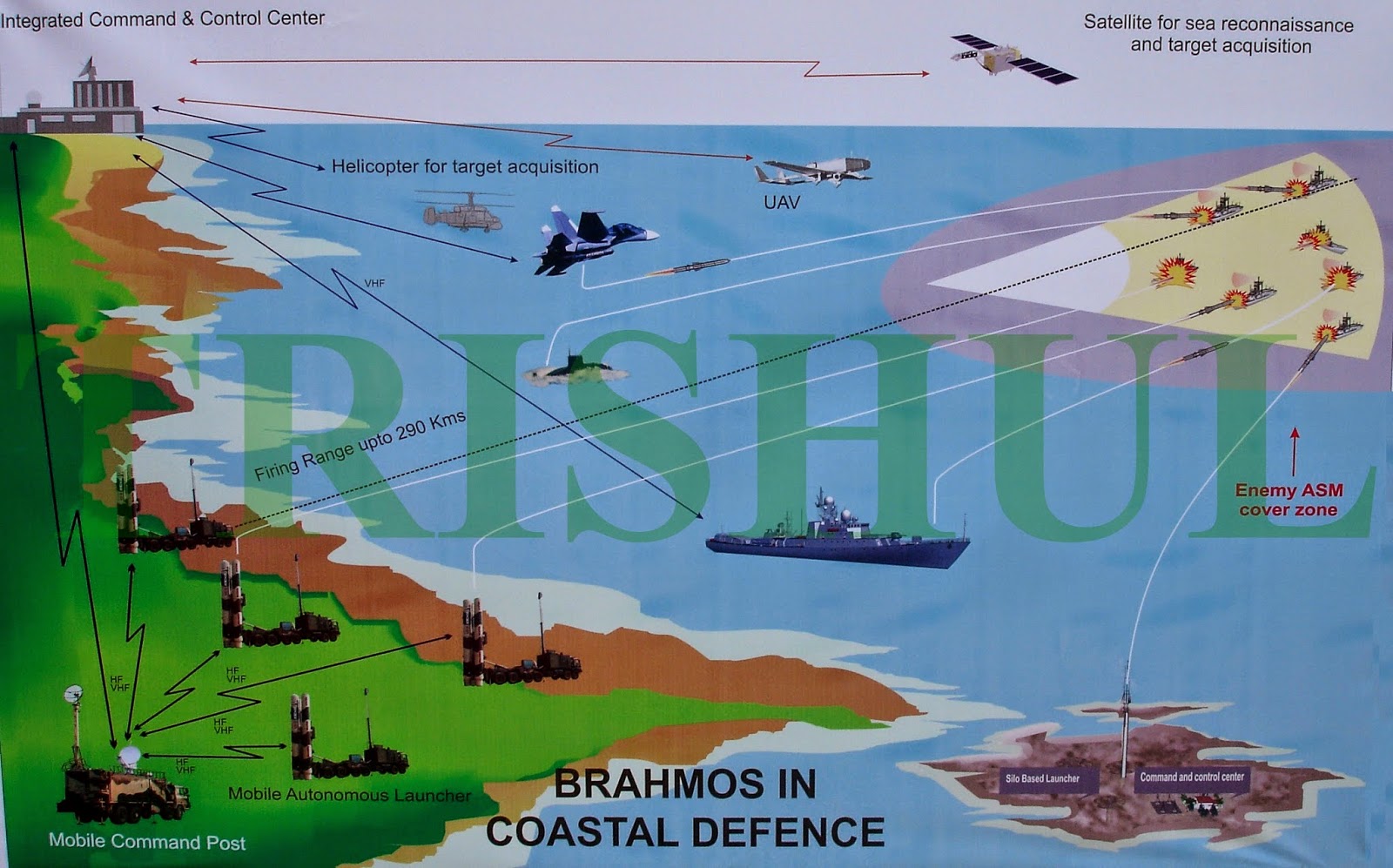
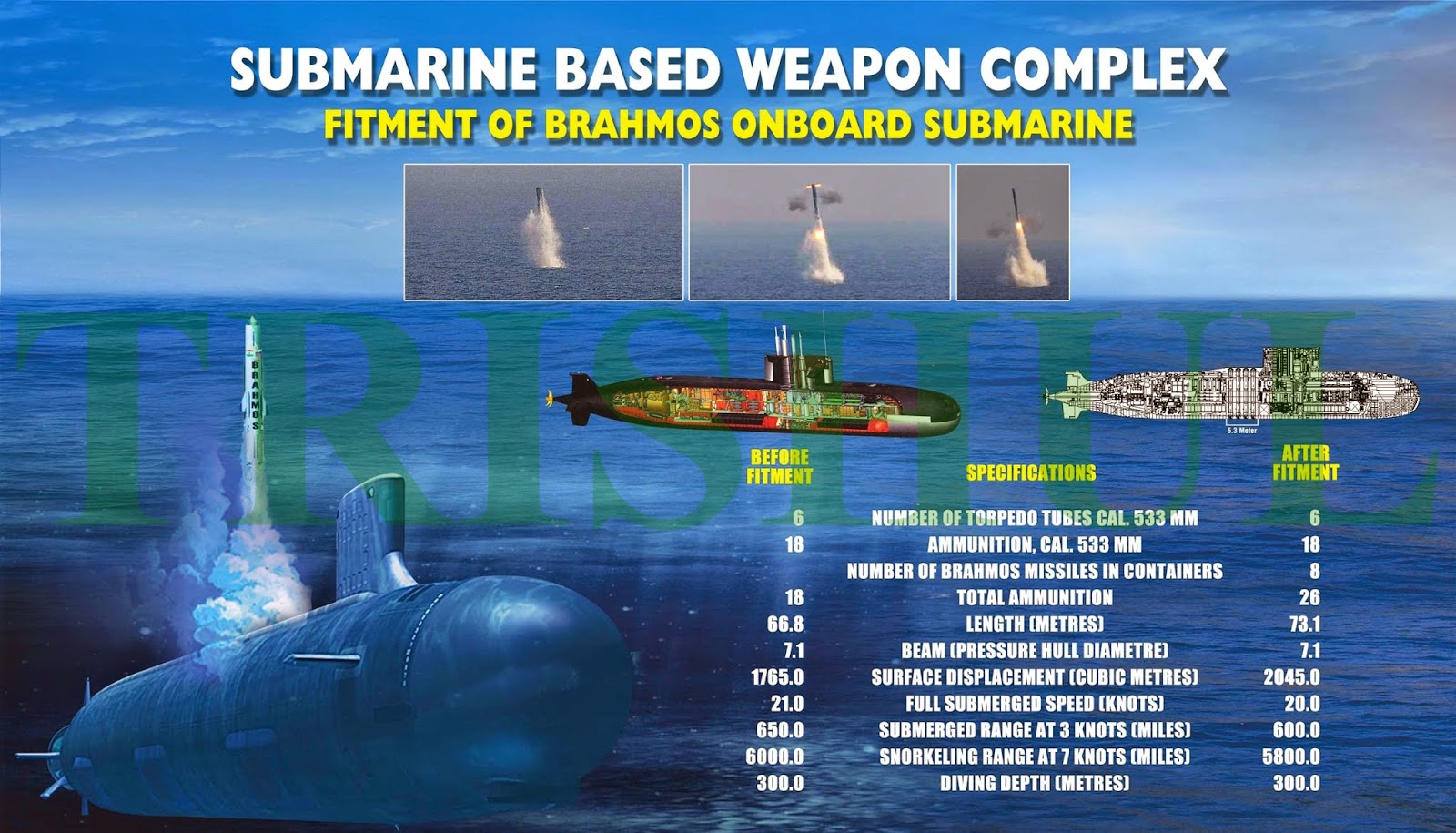
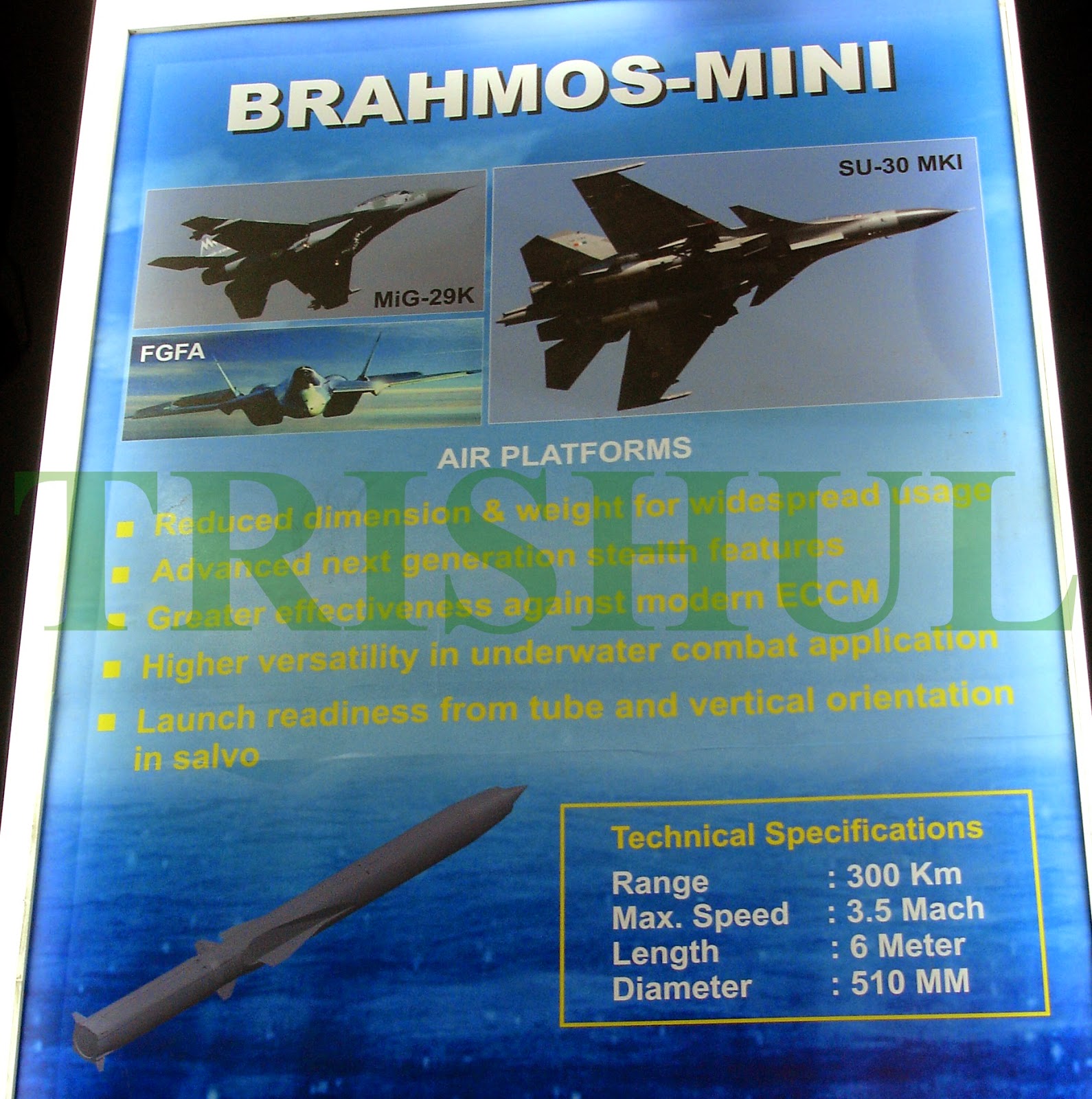
^^ CHECK THOSE SPECS ABOVE of BrahMos-Mini... smaller size, more speed, same range! (Gets one guessing about real range potential of the larger version of BrahMos)...
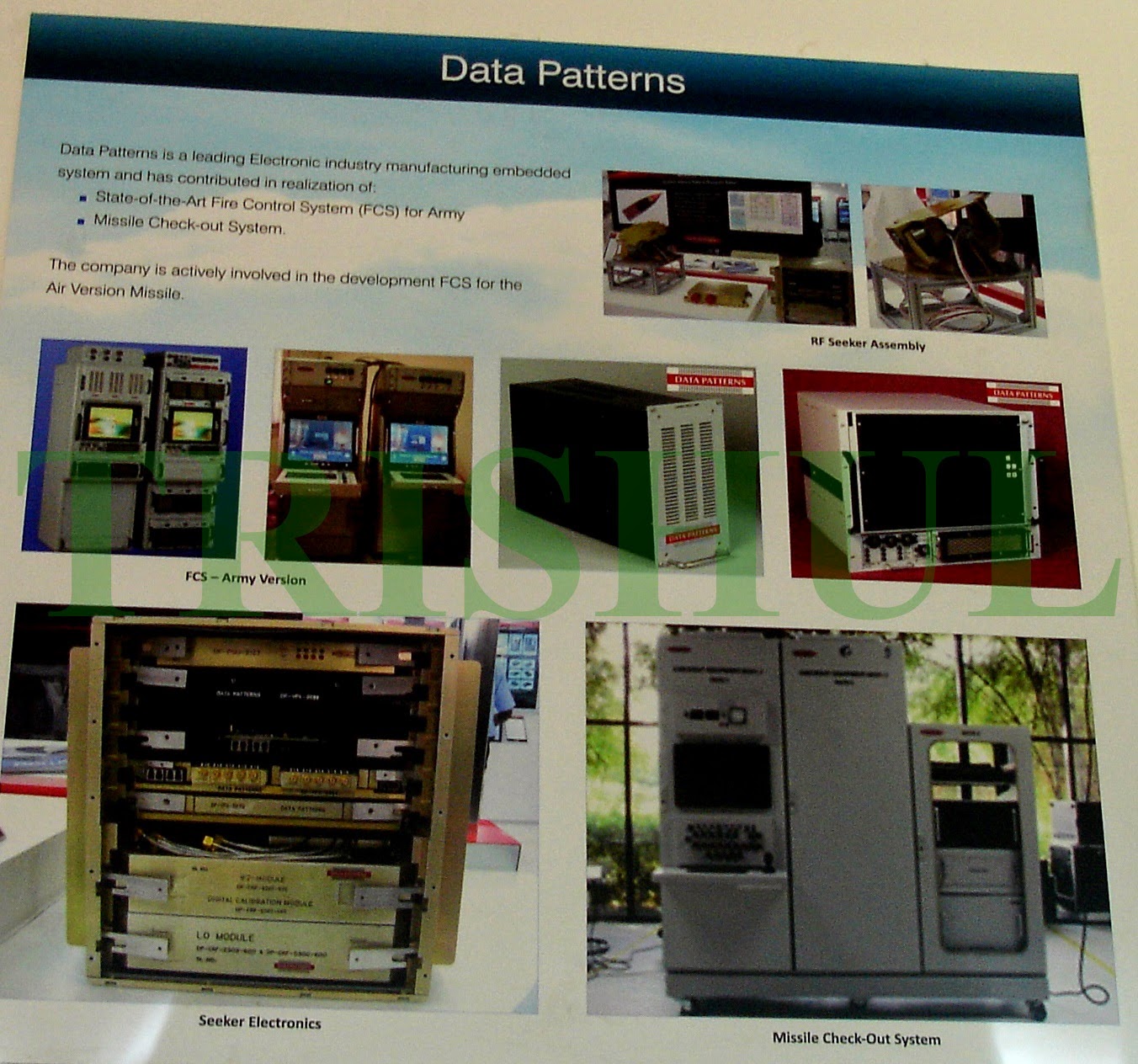




TRISHUL: 44th Successful Firing Of BrahMos-1 Supersonic LACM
I have opted out some of the older infographics which were already posted on this forum before,
visit the TRISHUL link above to view them all.



